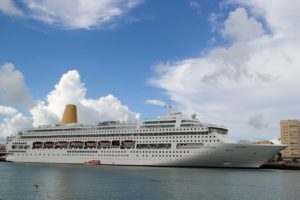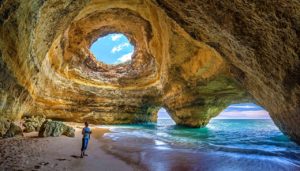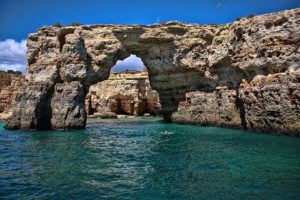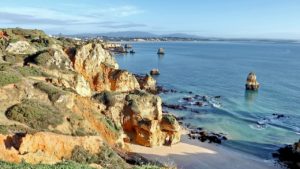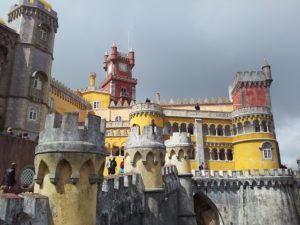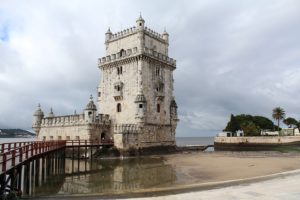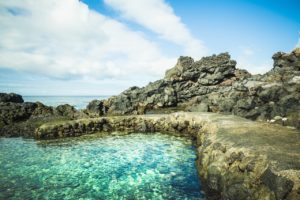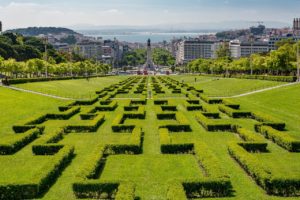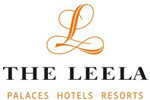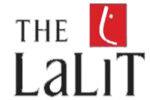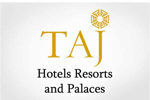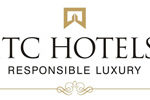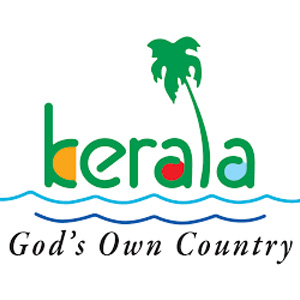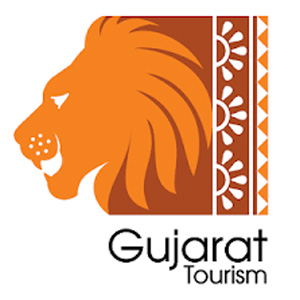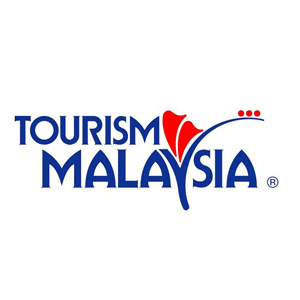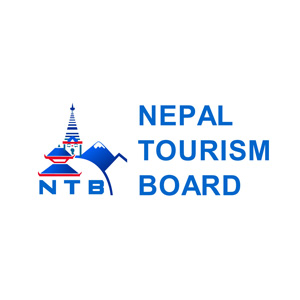







Spain & Portugal - Packages
Spain & Portugal
Currency:
Spain
Portugal
Temperature:
Spain
Jan: 10
Feb: 10
Mar: 12
Apr: 13
May: 16
Jun: 20
Jul: 23
Aug: 24
Sep: 22
Oct: : 18
Nov: 13
Dec: 11
Portugal
Jan: 12
Feb: 13
Mar: 15
Apr: 16
May: 18
Jun: 23
Jul: 21
Aug: 24
Sep: 24
Oct: : 13
Nov: 19
Dec: 16
Flag:
Spain
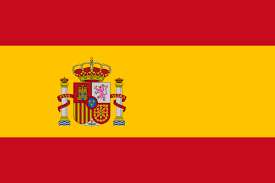
Portugal
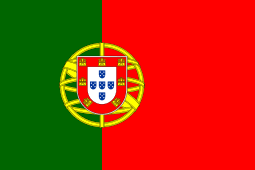
General Information:
Spain: is really a region connected with substantial physical and also social diversity, ordinarily astonish for visitors that are ready for to find a region largely recognized for beachfront tourism. Spain is a destination to travel round the year; however ideal months are May, June and September depending on the itineraries too.
To fetch more information about Spain, one should visit Spain and you should locate anything, from abundant meadows, green valleys, slopes and also wintry piles inside the North parts to help pretty much wilderness areas and specific zones inside the Southern region. The country has been one of the most important tourist destinations of the last decades becoming the third most popular travel destination in Europe.
The Country is really a gorgeous and also different, located in the actual southwest of Europe. The idea stocks the particular Iberian Peninsula using Italy, Gibraltar and also Andorra. Towards Northeast it beds and borders using Portugal along with the tiny principality of Andorra. Towards Western side it is restrictions tend to be explained because of the Balearic Destinations positioned in the middle with the Mediterranean and beyond. The Southeast many areas include the attractive Canary Destinations, in the Atlantic Ocean along with the locations of Ceuta and also Melilla located in the actual Northern of The African continent
Geography:
Spain: The Area of Spain is around 505,968 square kilometres (195,356 sq mile) over the Iberian Peninsula to the southwest of Europe. The Spanish territory is divided among the Balearic Islands in the Mediterranean, in the Atlantic with the Canary Island and the North African cities of Ceuta and Melilla. All of this land area makes Spain the second largest country in Europe behind France.
Popular Islands: The Balearic Island is 193km (120 miles) southeast connected with Barcelona, as well as the Canary Islands journey to the western seacoast connected to the African Continent. These tiny enclaves of Ceuta along with Melilla additionally style an integral part of Spain.
Spain is considered to be one among the top highest and mountainous country of Europe. It’s usual height of 610m. Approx distance from the Basque country’s Atlantic Coast to the Pyrenees extends to 400km. There are few places where the peaks go up to over 1,524m (5,000ft), the maximum point being 3,404m (11,169ft).
From the Southeast Sierra Nevada is connected with Granada which comes similar to the Mediterranean. Its peak Mulhacen, at 3,718m (12,198ft), it is the utmost point on the Spanish peninsula. The top most point in Spain is the Pico del Teide on Tenerife in the Canaries a height of 3,718m (12,198ft).
Major Peninsula rivers route slowly from the east to west into the Atlantic Ocean. The River Ebro routes into the Mediterranean, however the only Guadalquivir flows to navigate ocean-going vessels to Seville.
History And Culture:
Spain: Spain included people belonging from Stone Age hunters from Africa; Greeks, Romans and other European peoples; Berber tribes from Morocco; and Phoenicians, Jews and Arabs from Middle East. The main reason to this great flow of people, culture and empires is Spain’s location: on both the Mediterranean Sea and the Atlantic Ocean.
Spanish Caves tell us more about Spain’s early inhabitants too. Furthermore, the impressive and imaginary paintings are a secret went along. History of Spain is as a mystery talking about dolmens and the fabled kingdom of Tartessus in 600 BC.
- Muslims conquer Iberia (on 711 A.D.) :-North African Muslims entered into Iberain Peninsula, defeating the Visogoths from Moors from south, and then the land was known as Al – Andalus. In 766 Cordoba was made as Capital.
- The Reconquista begins (on 722 A.D.):- Christians Rulers tried to capture from the Iberian Peninsula. It was the starting of the Recon quest. In the north region, Asturias was as good as heaven for Christians evading the Muslim regulation. Majority of Christians escape towards the south, the northern regions took over commanding.
- Battles continue (1000s A.D. to 1300s A.D.) :- The Christian kings unite to remove the Muslims out. During 1037, Leon was conquered by Fernando of Castile. In 1094 the Muslims assault El Cid’s citadel in Valencia. Later El Cid emerged with 4,000 knights, defeated the Muslims. During 13th century, Valencia is a Christian region.
- Muslim control weakens (1200s – 1400s A.D.):- By the 1200s Muslim power on the region was busted except only in Granada in south of Spain.
- Ferdinand and Isabella marry (1469 – 1516 A.D.) :- During 1469 Ferdinand of Aragon and Isabella of Castile for married to each other, leading to the union of the kingdoms. In 1479 the Spanish Inquisition started and non-Christians were considered as enemies. In 1492 they drive out the Muslims from Granada too , and sponsored Christopher Columbus’ journey.
- Spanish exploration (1492 – About1823 A.D.):- Spain was all set for exploration in the Americas. Although the main aim was to spread Christianity all over, along with that they also looked for gold and treasures to support the kingdom. Spain was the first European authority with an overseas kingdom.
- The Spanish Armada sinks:- Huge Burden to manage of the seas created problems between Spain and England. During 1588 the two navy troops came against each other. At the beginning it felt that the Spanish Armada was powerful enough with over 100 ships, however problems started and ultimately the English navy defeated the Armada.
- The War of the Spanish Succession (1701 A.D. to 1714 A.D.) :- After the death of Charles II, leaving no heir to the throne which made Louis XIV of France pushed his grandson Philip, to rule Spain. However, tension to other nations developed that the French and Spain union would bring huge power to France. And then was decided that Philip can be king, but he can no longer be in line to be king of France.
- War of Independence (1808 A.D. to 1814 A.D.):- The Spanish was of Independence is also called as the Peninsular War, which was after the Napoleon tried to attack Spain. Later Britain and Portugal united the war and finally defeated Napoleon.
- A loss of colonies (1810 A.D. to 1898 A.D.):- In 1800s majority of Spain’s colonies all through the world declared independence. After the war between Spain and America in 1898, Spain lost their rights over Guam, Puerto Rico, the Philippines, and Cuba.
- World War I and beyond (1914 A.D. to 1926 A.D.) :- Spain declared impartial at the time of the Great War. However, end of the war, Spain had problems with rebel Abd el-Krim in Morocco who tried to set free the land from foreign control. However, his plans failed when France and Spain got united and drove him out of the country.
- King Alfonso XIII steps down:- Ongoing conflict and disappointment with royal rule made King Alfonso left the country when the Second Spanish Republic was brought in to command. He later got settled in Rome.
- The Spanish Civil War (1936 A.D. to 1939 A.D.) :- Elections held in Spain and the winning of Popular Front candidate at first. The military lead by General Francisco Franco, revolt. The Spanish Civil War continued for three years which killed more than 600,000 people. On April 1, 1939 he brought the war to an end and announced himself as the head of state.
- World War II (1939 A.D. to 1945 A.D.):- Spain stands as impartial during the war. However, Franco was ready with 40,000 soldiers to assist as per Hitler’s grounds. War needed all goods were sent until the U.S. threatened oil supply of Spain. Franco changed loyalty when Hitler was losing. Economic authorization was then forced on Spain.
- Franco’s government (1939 A.D. to 1975 A.D.) :- Franco brings up a dictatorship even though being a stabilized government, the people have restricted freedom. In the 1950s and 1960s he brings down a little of his solid control, which made growth of economic part. Franco died in 1975.
- A New Rule:- Franco wanted Juan Carlos, the grandson of Alfonso XIII, to statute after him. However, after becoming the king, Carlos did not follow Franco’s. He brought a democratic process in Spain.
Politics
- Jaun Carlos I was the king to take the throne on November 22, 1975 two days after the death of King Franco. He is known for transmitting Spain from Dictatorship to Democracy. In 1976, two chamber parliamentary systems were approved.
- In 1978 the Cortes passed a new constitution which made Spain a parliamentary monarchy with no official religion.
- Types of Branches: Monarch nominated the Managerial President of the Government nominated in regards to the authorization of the democratically elected Congress of Deputies.
- Legislative-bicameral Cortes: Congress of Deputies with a 350-seat that are elected by the d’Hondt system of comparative representation and the Senate.
- Four senators are nominated each one of 47 peninsular regions, from which 16 of them are selected from the three island region, and Ceuta and Melilla elect two each; this totals of 208 senators.
- The parliaments of the 17 independent provinces also vote for one senator as well as one additional senator for every 1 million residents within their region (about 20 senators). Judicial-Constitutional Tribunal has control over legal issues. Supreme Tribunal system includes defensive, regional, and municipal courts.
- Sub- Section: 47 peninsular and three island regions; two enclaves on the Mediterranean coastline of Morocco (Ceuta and Melilla) and three island team along that coast-Alhucemas, Penon de Velez de la Gomera, and the Chafarinas Islands.
- Types of Political parties: Spanish Socialist Workers Party (PSOE), Popular Party (PP), and the United Left (IU) are combined together. The Convergence and Union (CIU) in Catalonia and the Basque Nationalist Party (PNV) in the Basque country are the main regional parties.
Best Places To Visit:
- Santiago de Compostela
- Toledo
- Cordoba
- San Sebastian
- Valencia
- Seville
- Madrid
- Spanish Islands
- Granada
What to do:
- Visit Sights & Landmarks
- Go back in the ancient history and heritage tour
- Experience the Music, Theater
- Go for shop in market
- Get a tan at one of the beaches
- Cruises, Sailing & Water Tour
- Visit Mountain and Musems
Best time to visit:
With endless festivals, world-class beaches, and a renowned nightlife, Spain is amazing 365 days a year.
Map Spain:
Map Portugal:
Spain & Portugal Photos Gallery
Testimonials
Goa Tour
It was G8 experience to book the package of amezing GOA tour. They had given the best rate of the package & of very nice Resort.
Royal Rajashthan
It was very nice experianc booked Royal rajashthan tour. The provided full Facility, good room, food, serivice, what they committed befor booking. We satisfied with his tour, thanks for your Good Supports and service.
Panchgani Package
It was absolutely superb Hotle with nice services I got. Those people provided good hospitality including all aspects like room service, parking, good food quality and guide suggested who warmly showed all the locations in panchgini.
Rameshbhai Patelakshar tools
Goa Tour
It was G8 experience to book the package of amezing GOA tour. They had given the best rate of the package & of very nice Resort.
Royal Rajashthan
It was very nice experianc booked Royal rajashthan tour. The provided full Facility, good room, food, serivice, what they committed befor booking. We satisfied with his tour, thanks for your Good Supports and service.
Panchgani Package
It was absolutely superb Hotle with nice services I got. Those people provided good hospitality including all aspects like room service, parking, good food quality and guide suggested who warmly showed all the locations in panchgini.

